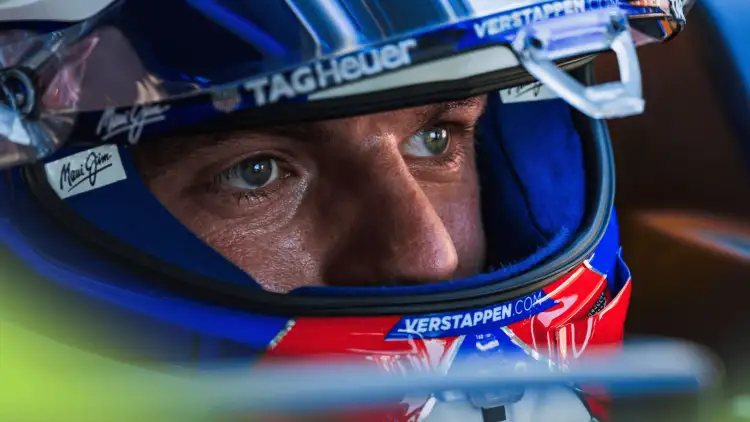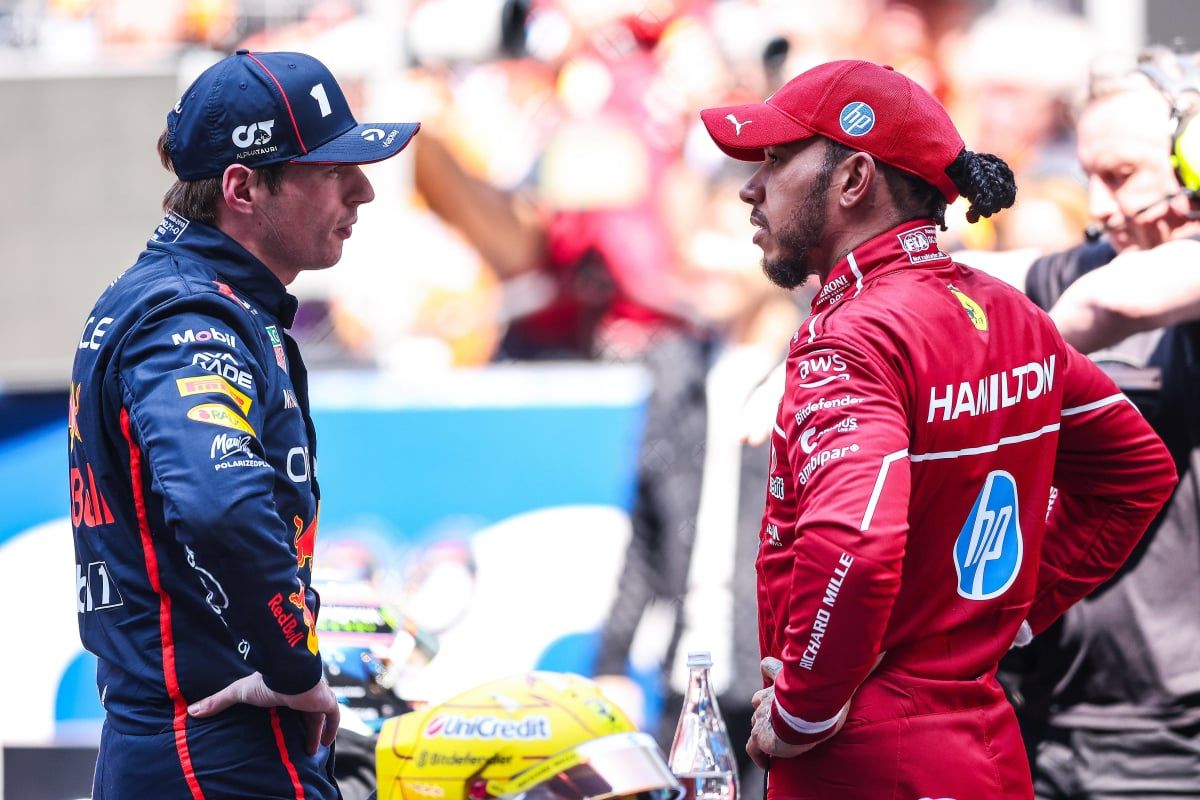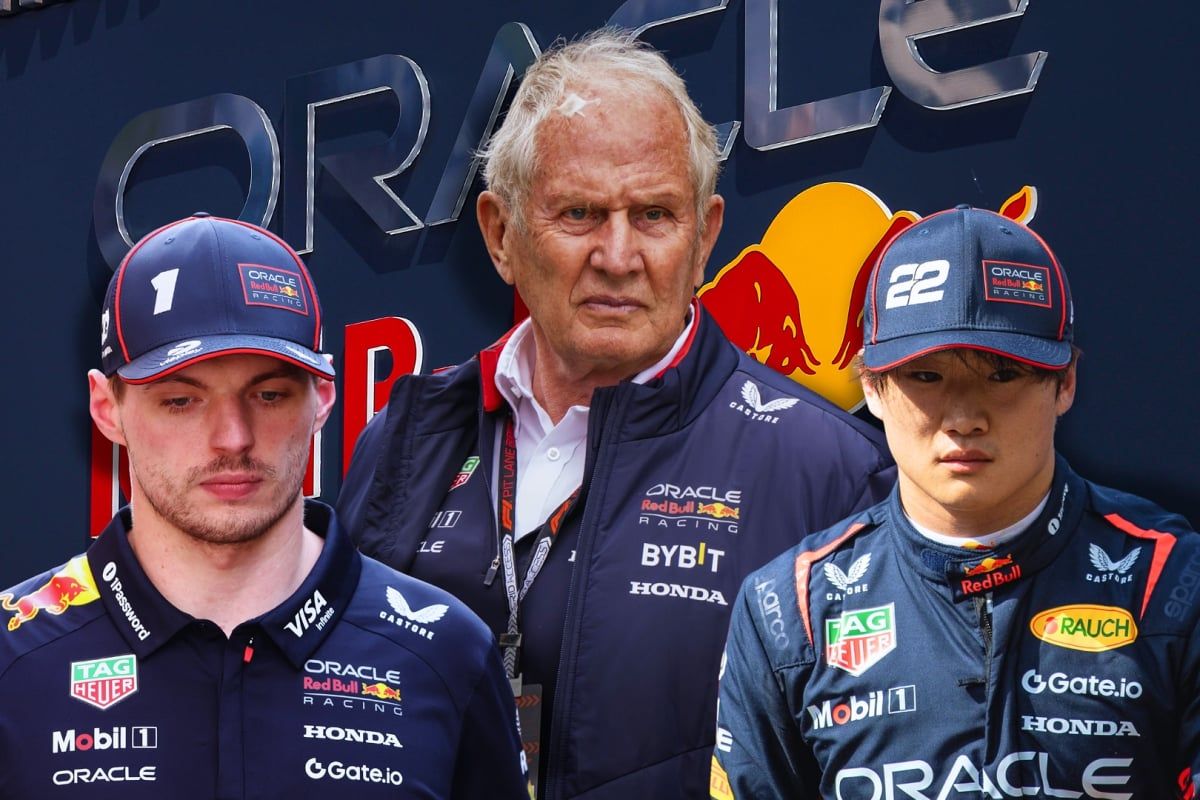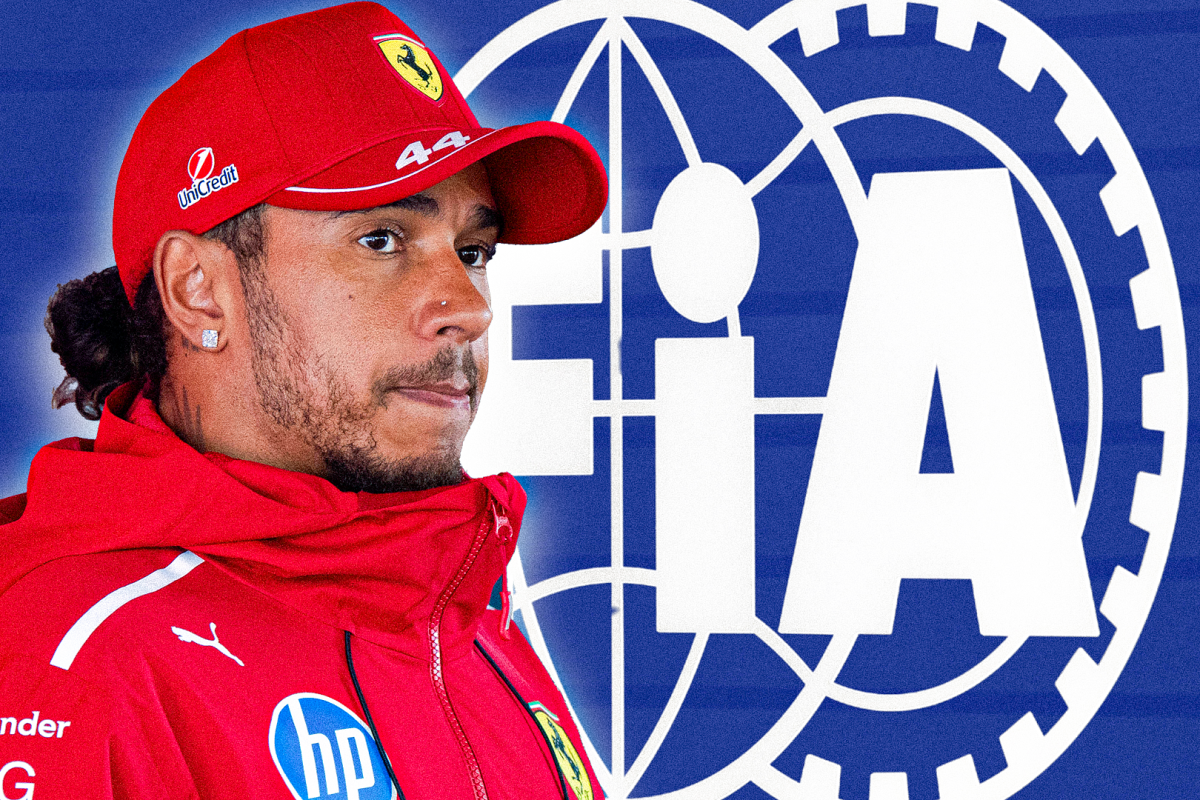New Evidence Emerges from Untelevised Team Radio During Spanish Gp..read more
In the fast-paced world of Formula 1 racing, the spotlight often falls on controversial moments, team strategies, and driver communications. The recent revelation of untelevised team radio communications from the 2023 Spanish Grand Prix has sparked significant interest and debate among fans and analysts alike. This newly surfaced audio features Red Bull Racing’s star driver, Max Verstappen, and raises questions about team tactics and the dynamics of race strategy that played out behind the scenes in a race that saw the Dutch driver claim victory.
The Spanish Grand Prix, held at the Circuit de Barcelona-Catalunya, has been known for its competitive atmosphere and the strategic maneuvers that teams employ to secure optimal positions on the grid. During the race, Verstappen displayed his renowned skill and composure, ultimately finishing first amidst a fierce challenge from his competitors. However, the focus soon shifted to the race team’s internal communication, revealing a trove of details not covered in the live broadcast.
The untelevised radio messages, which surfaced recently via social media platforms and dedicated F1 forums, have been subject to intense scrutiny. Fans and pundits are analyzing Verstappen’s interactions with his race engineers, particularly concerning tire strategy and pit stop decisions. The controversial aspect that has come to light is Verstappen’s expressed frustration over the team’s initial tire strategy, indicating that he believed a different approach could have enabled him to gain an even greater competitive edge early in the race. This revelation raises important questions about the level of autonomy drivers have when making split-second decisions during critical race moments.
The extracted audio clips suggest that Verstappen was actively advocating for more aggressive strategies, demonstrating his willingness to challenge the team’s call on tire management. In one particularly striking exchange, he can be heard questioning why the team was not considering a more daring strategy that could take advantage of changing weather conditions during the race. This kind of push-back from a driver of Verstappen’s caliber indicates a shift in the traditional driver-team hierarchy, where drivers increasingly seek to assert their influence over race strategy, especially when they possess a deep understanding of the car’s performance in real-time.
The dynamics in the Red Bull garage emerged as a point of contention post-race. While Verstappen praised his team for their overall performance, analysts noted a palpable tension hinted at in the recorded exchanges. Red Bull’s team principal, Christian Horner, was quick to downplay any discord publicly, emphasizing that driver feedback is a crucial part of the team’s collaborative effort during races. “In the heat of the moment, drivers are always passionate about getting the best performance,” Horner stated in a press conference following the race. He affirmed the team’s commitment to utilizing driver insights for their benefit, while also maintaining that ultimate strategic decisions rest with the engineering team.
Analyzing this incident further, experts have begun to discuss the implications for future race strategies. As the interest in driver autonomy grows, the scenario exemplifies a broader trend in Formula 1—one in which drivers are being empowered to make tactical decisions rather than merely following team directives. This trend aligns with advancements in technology, as drivers now have access to real-time data that impacts their performance and decision-making processes during races.
The radio communications have reignited discussions about the transparency of team communications in Formula 1. Many fans believe that revealing such exchanges could provide a more nuanced understanding of the race and enrich the viewing experience. However, teams may be hesitant to disclose these insights regularly, fearing that it could undermine their strategic advantage.
In conclusion, the emergence of new evidence from the untelevised team radio during the 2023 Spanish Grand Prix highlights the evolving nature of driver-team relationships in Formula 1. Max Verstappen’s assertive communication with his race engineers showcases the intricate dynamics of race strategy in high-stakes environments. As teams continue to refine their approaches, the balance of power between driver input and engineering decisions will undoubtedly play a critical role in shaping the future of the sport. This incident serves as a reminder of the ever-present competition, not just on the track, but behind the scenes, where strategies are forged, tested, and sometimes contested.




